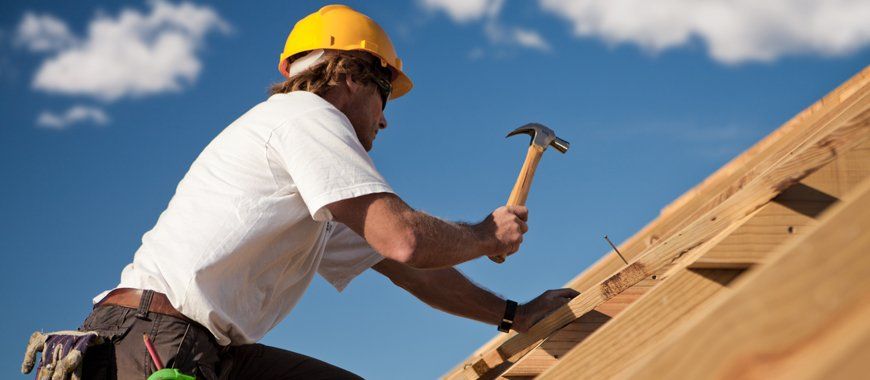Comparing Flat Roof vs. Pitched Roof: Pros and Cons
Hightop Roofers Doncaster highlight, when it comes to choosing a roof for your home, one of the fundamental decisions is whether to opt for a flat roof or a pitched roof. Each roofing style comes with its own set of advantages and drawbacks, and understanding these differences is crucial in making an informed decision that aligns with your preferences, needs, and the architectural design of your home. Our roofers in Doncaster discuss the pros and cons of flat and pitched roofs below
Flat Roof: Sleek and Modern
Pros:
- Contemporary Aesthetics: Flat roofs are known for their modern and sleek appearance. They often contribute to a minimalist and architectural look, especially popular in contemporary and modern home designs for extensions and garages..
- Utilisation of Space: The flat surface of a flat roof can be utilised for various purposes, such as creating a rooftop garden, installing solar panels, or even constructing a rooftop terrace for additional outdoor living space.
- Ease of Maintenance: Flat roofs are generally easier to maintain due to their simple design. Cleaning and inspections are straightforward, and repairs can be more accessible as compared to pitched roofs.
- Cost-Effective Installation: Flat roofs typically require fewer materials and less labour for installation, making them a more cost-effective choice in terms of upfront expenses.
Cons:
- Drainage Challenges: One of the primary concerns with flat roofs is water drainage. Without proper slope, water may accumulate, leading to potential leaks and structural issues. Adequate drainage systems and regular maintenance are crucial.
- Durability in Extreme Weather: Flat roofs may face challenges in extreme weather conditions, such as heavy rain or snow. Proper insulation and drainage become critical to prevent water damage and structural issues.
- Limited Design Options: While flat roofs offer a modern aesthetic, they might not suit every architectural style. Traditional or historic homes may not benefit from the contemporary look of a flat roof.
Pitched Roof: Classic and Versatile
Pros:
- Classic Aesthetics: Pitched roofs are timeless and versatile, complementing a wide range of architectural styles. They add a traditional charm to homes and often enhance curb appeal.
- Efficient Water Drainage: The slope of a pitched roof facilitates effective water drainage, reducing the risk of water pooling and potential leaks. This is especially beneficial in areas with heavy rainfall or snowfall.
- Ventilation and Insulation: Pitched roofs allow for better ventilation and insulation. The attic space created by the pitch provides an opportunity for proper airflow, reducing energy costs and preventing issues like mould and mildew.
- Diverse Material Options: Pitched roofs accommodate a variety of roofing materials, such as concrete and slate tiles,. Homeowners can choose materials that match their preferred aesthetics and budget.
Cons:
- Higher Initial Costs: The installation of a pitched roof tends to be more labour-intensive and requires additional materials, leading to higher upfront costs compared to flat roofs.
- Limited Rooftop Use: The steep pitch of the roof may limit the practical use of the rooftop space. While attic space is created, it is generally not suitable for activities like rooftop gardens or additional living space.
- Complex Maintenance: The complexity of a pitched roof makes maintenance and repairs more intricate. Climbing on steep slopes may pose a challenge, and addressing issues may require professional assistance.
Conclusion
In the flat roof vs. pitched roof debate, the decision ultimately comes down to personal preferences, budget considerations, and the specific needs of your home. If you value a sleek and modern aesthetic, have limited upfront budget constraints, and plan to utilise rooftop space creatively, a flat roof might be the ideal choice. On the other hand, if you appreciate classic design, efficient water drainage, and a versatile range of roofing materials, a pitched roof may better suit your needs.
Before making a decision, consult with roofing professionals to assess the specific requirements of your home and local climate. Whichever option you choose, a well-maintained roof is essential for the longevity and protection of your home.
Contact Hightop Roofers Doncaster today for professional advice and your free competitive quote.
You might also like


